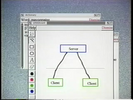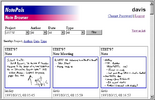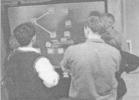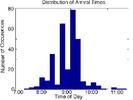Keywords



















Help-seeking communities have been playing an increasingly critical role in the way people seek and share information. However, traditional help-seeking mechanisms of these online communities have some limitations. In this paper, we describe an expertise-finding mechanism that attempts to alleviate the limitations caused by not knowing users' expertise levels. As a result of using social network data from the online community, this mechanism can automatically infer expertise level. This allows, for example, a question list to be personalized to the user's expertise level as well as to keyword similarity. We believe this expertise location mechanism will facilitate the development of next generation help-seeking communities.